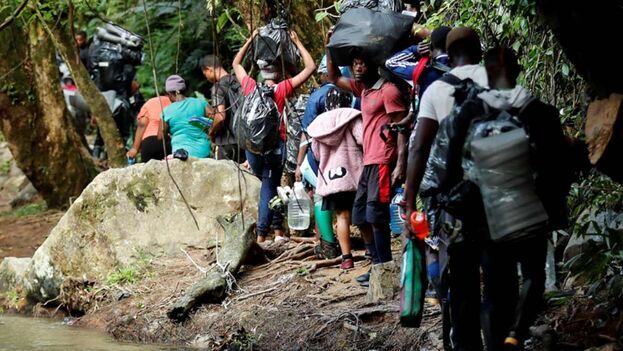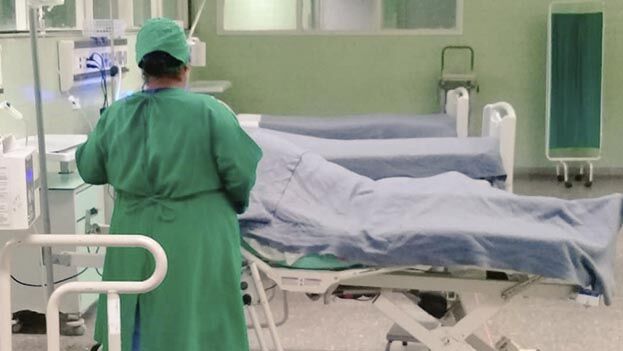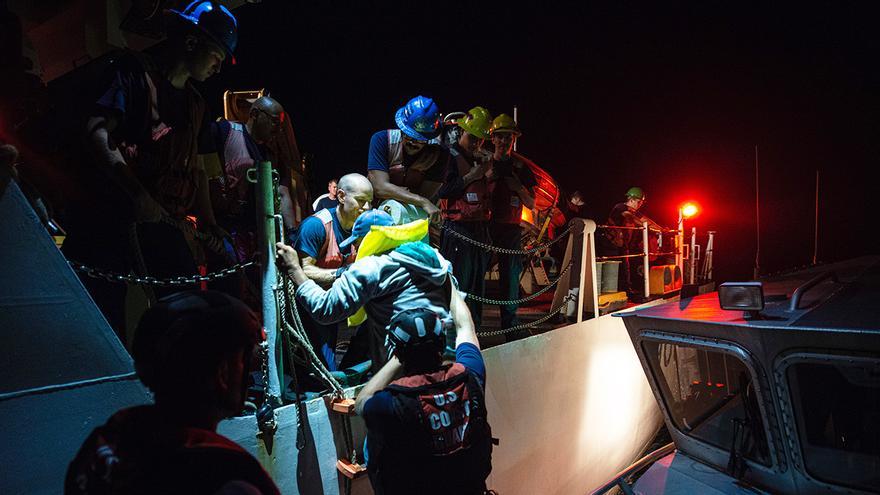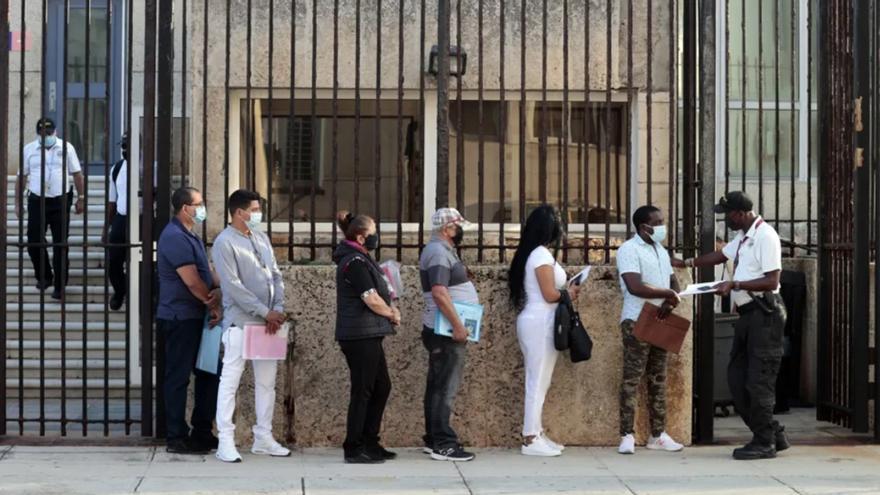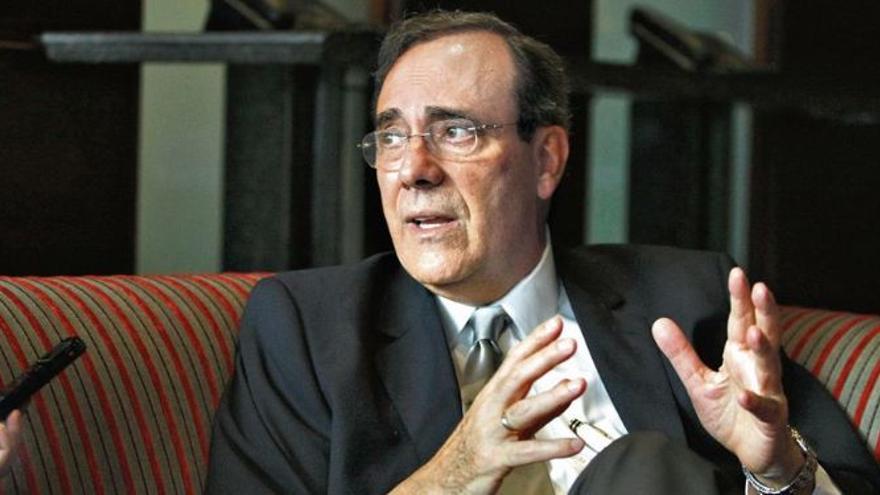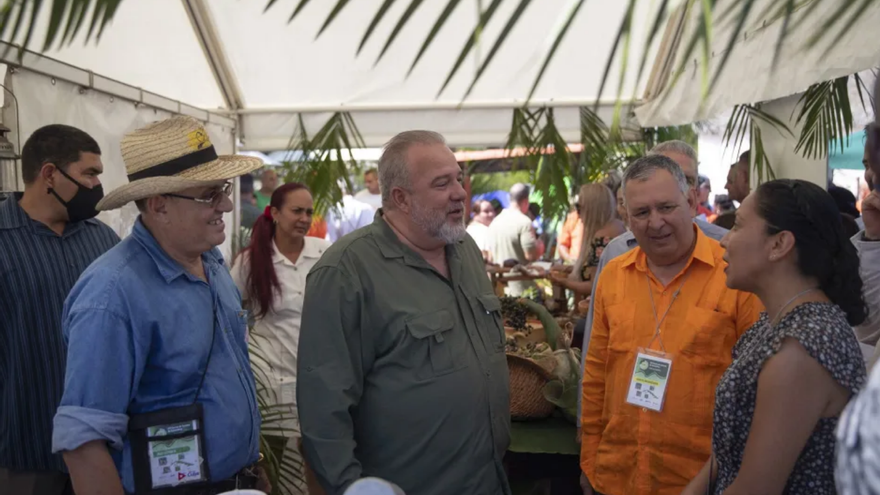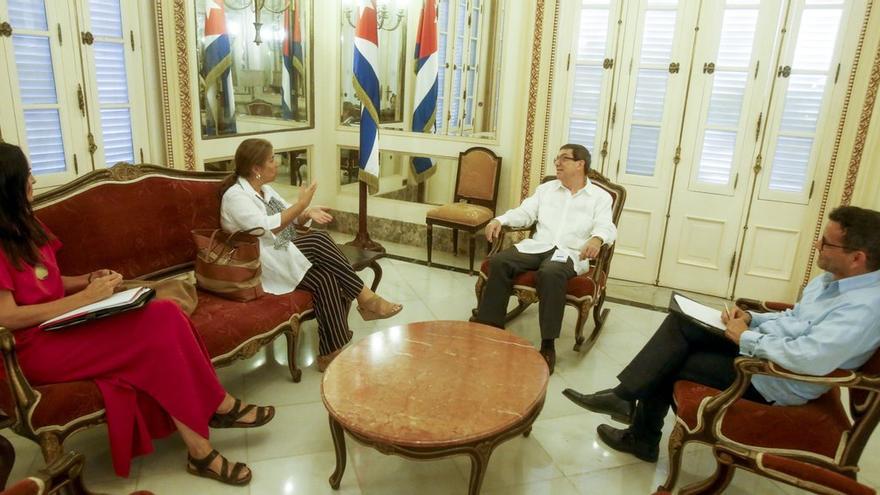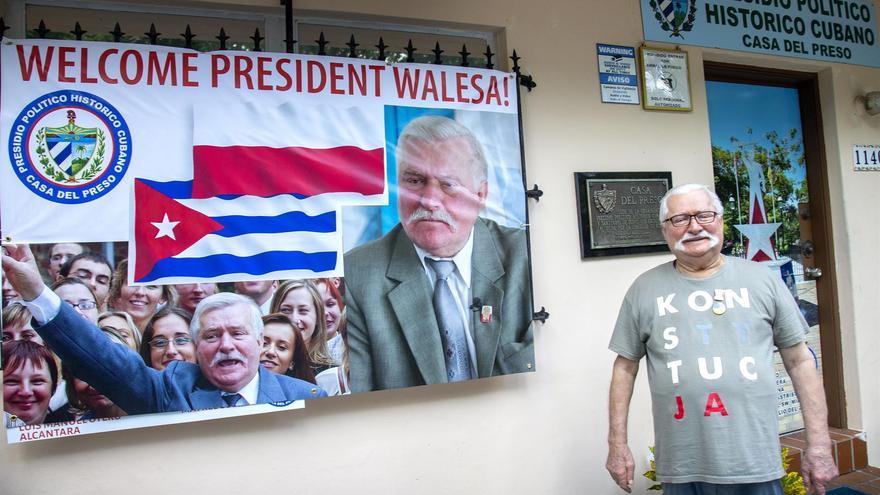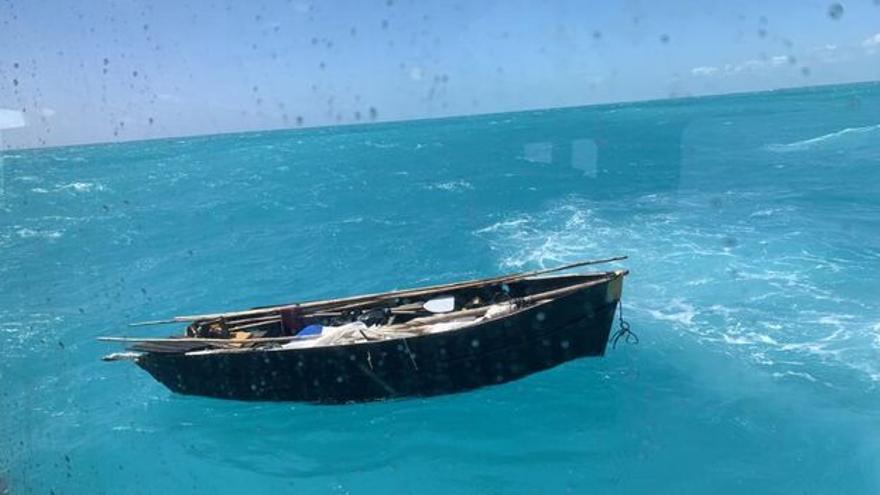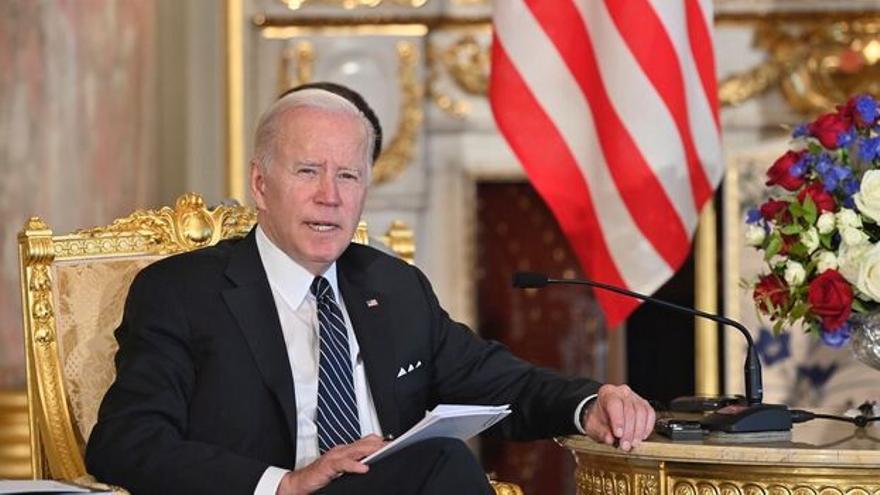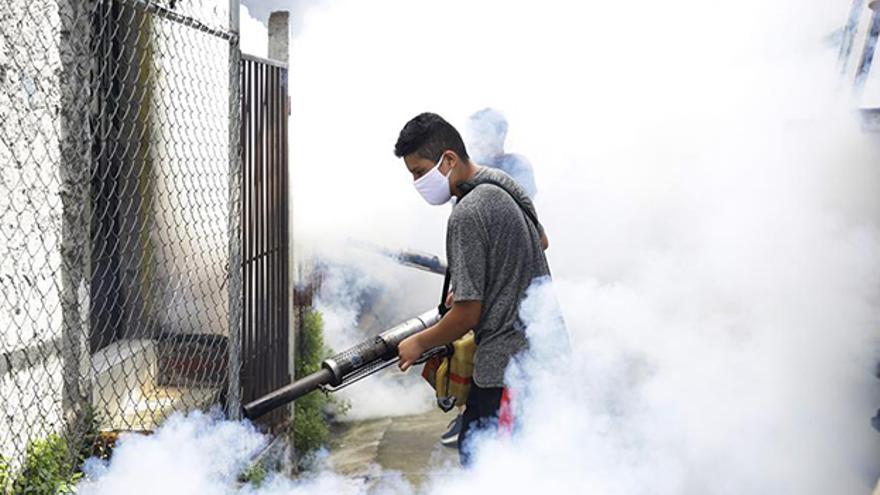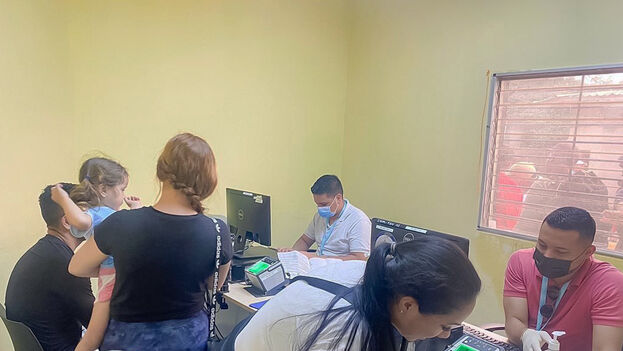
![]() 14ymedio/EFE, Tegucigalpa (Honduras), 27 September 2022 — About 80,000 irregular migrants traveling to the United States have arrived in Honduras so far this year, mostly of Cuban nationality, according to figures from the National Institute of Migration (INM), consulted this Friday by EFE.
14ymedio/EFE, Tegucigalpa (Honduras), 27 September 2022 — About 80,000 irregular migrants traveling to the United States have arrived in Honduras so far this year, mostly of Cuban nationality, according to figures from the National Institute of Migration (INM), consulted this Friday by EFE.
Between January and August 19, 79,667 migrants entered the Central American country, trying to advance north with the aim of reaching the United States, according to official data.
The report didn’t give details about the approximately 400 migrants of various nationalities, mainly Cubans and Venezuelans, who gathered this Saturday at one of Guatemala’s borders to try to enter the Central American country from Honduras.
Nor was the complaint made in recent days by Cubans, who accused Honduran Migration agents of demanding payments of 20 dollars, regardless of whether the migrants have an official safe conduct pass.
The INM detailed that this year, 44,535 Cuban migrants, 19,222 Venezuelans, 4,795 Ecuadorians and 3,051 Haitians have entered Honduras irregularly. continue reading
They follow, in order, 642 from India, 636 from Colombia, 592 from Senegal, 569 from Angola, 470 from Bangladesh, 478 from the Dominican Republic, 446 from Brazil, 423 from Ghana, 423 from Nicaragua, 329 from Cameroon, 278 from Somalia, 256 from China, 239 from Nepal, 209 from Eritrea and 2,094 from other nations, it adds.
According to INM statistics for January through August 19, 2021, a total of 10,032 irregular migrants entered Honduras. Of these, 4,294 were from Haiti and 3,622 from Cuba, the predominant nationalities in this group.
Of these immigrants, 54.8% (46,676) are men, 28.5% (22,728) are women and 16.6% (13,263) are children and teenagers, the INM added.
Of the total number of irregular migrants this year, 52.5% (41,847) were between 1 and 30 years old, and 47.5% (37,820) were over 30.
The INM also indicated that 77.3% (61,556) of the migrants entered Honduras through the municipalities of Danlí and Trojes, department of El Paraíso, on the border with Nicaragua.
In recent months, El Paraíso has become a new route that migrants, mainly from Cuba, Venezuela and Haiti, are using to get to the United States.
At the beginning of August, a legislative decree entered into force exonerating irregular migrants passing through Honduras from the payment of an administrative fine of more than $200.
The immigration amnesty was published on August 3 in the official newspaper, La Gaceta, three months after its approval by the Honduran Parliament.
Most irregular immigrants who enter Honduras are transported through “blind spots” by human traffickers, known as “coyotes,” who don’t always take them to the border with Guatemala.
Translated by Regina Anavy
____________
COLLABORATE WITH OUR WORK: The 14ymedio team is committed to practicing serious journalism that reflects Cuba’s reality in all its depth. Thank you for joining us on this long journey. We invite you to continue supporting us by becoming a member of 14ymedio now. Together we can continue transforming journalism in Cuba.

